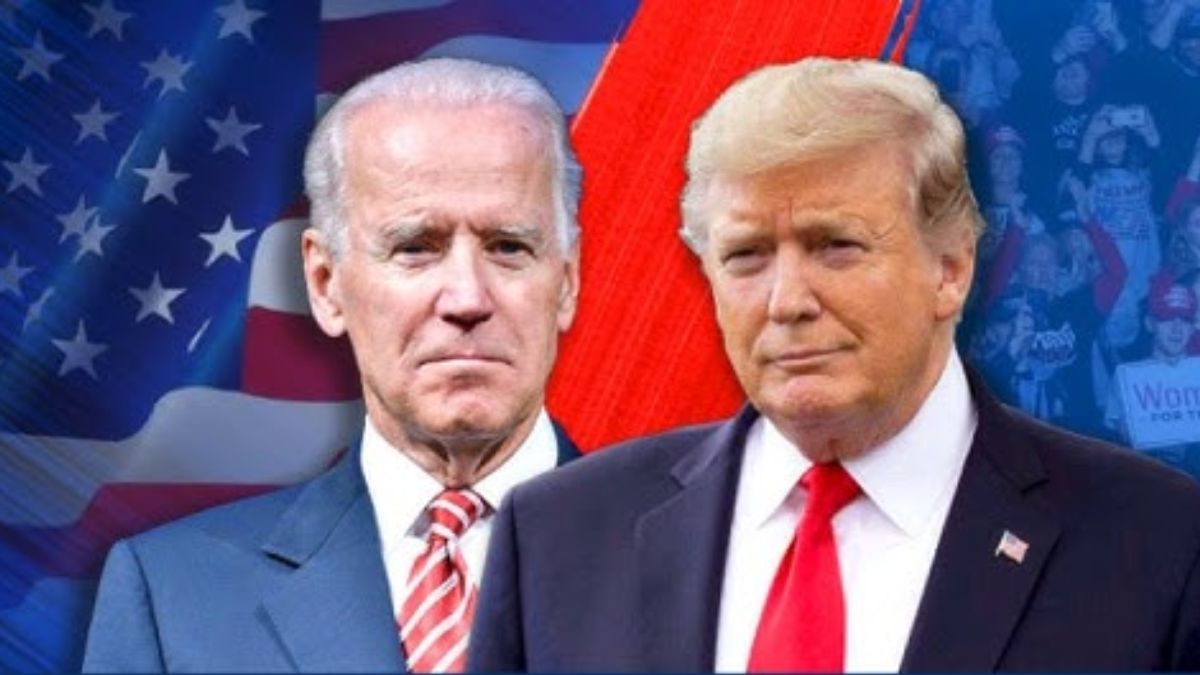In the United States, the final months of a presidential administration often see a surge in rulemaking activity. This phenomenon commonly referred to as “midnight rulemaking.”
This practice– documented as far back as the Carter administration’s transition to Reagan– has accompanied nearly every presidential transition, regardless of political party.
Outgoing presidents, especially those succeeded by a leader from the opposing party, often seek to cement their legacy by finalising significant regulations before their term ends.
The trend of midnight regulations
During the final months of President Trump’s term, in 2020-21, the Environmental Protection Agency (EPA) finalised the “Strengthening Transparency in Regulatory Science” rule, which limited the scientific studies the agency could use for public health regulations.
Prior to him, in 2016-17, Barack Obama’s administration finalised regulations on overtime pay and methane emissions.
And before him, George W. Bush’s team issued a controversial rule expanding healthcare workers’ right to refuse participation in certain medical procedures like abortions or sterilisations based on moral or religious objections.
But it’s not about isolated examples.
Take a look at this graph that shows the total number of economically significant final regulations published under different administrations, during equivalent months in office, from President Reagan to President Trump.
It’s clear that each administration follows the same general trend upward as their time in office elapses. Moreover, every administration except Reagan’s has a sharp rise in their final months.
The Biden administration is no exception
Since Election Day, November 5, 2024, federal agencies under President Biden have issued dozens of “significant” final rules.
These regulations cover a wide range of issues, including Supplemental Nutrition Assistance Program (SNAP) work requirements and the regulation of trichloroethylene under the Toxic Substances Control Act.
Impact Shorts
More ShortsAdditionally, several proposed rules have been published but remain unfinished, leaving their fate to the incoming administration.
Why are midnight regulations controversial?
While midnight regulations allow an outgoing administration to solidify its policy priorities, the practice is not without controversy.
Critics argue that it enables presidents to extend their agenda beyond their constitutionally prescribed term. By rushing rules through the administrative process, some fear that the quality of these regulations may suffer, leading to unintended consequences.
However, condemnation of the practice is not universal.
A 2012 report by the Administrative Conference of the United States found that most regulations finalised during this “midnight” period result from agencies hurrying to complete tasks that might otherwise be delayed or derailed by the presidential transition.
In this view, the practice is seen as a way to cut short the administrative complexity of government rather than a deliberate attempt to undermine the incoming administration.
Despite that, since President Reagan took office in 1981, incoming presidential administrations have regularly taken measures to respond to the preceding administration’s midnight rulemaking activities.
How do new governments handle midnight regulations?
Incoming administrations almost always end up reviewing and potentially overturning these last-minute rules. The process is resource-intensive, requiring time and effort that could be spent on new policy initiatives.
This dynamic was evident when the Trump administration, upon taking office, directed federal agencies to withdraw or postpone pending rules from the Obama era.
Similarly, President Biden’s administration issued directives to review and delay Trump-era midnight regulations.
New presidents typically take swift action to address their predecessor’s midnight regulations, according to a recent Congressional Research Service report. Common strategies include instructing agencies to:
Refrain from submitting proposed or final rules to the Office of the Federal Register (OFR).
Withdraw any rules not yet published in the Federal Register.
Postpone the effective dates of published rules that have not yet taken effect.
How will Trump react?
Consistent with the practice of previous administrations, the incoming Trump Administration may issue similar directives upon President-elect Trump’s inauguration.
A similar course of action was taken when Trump assumed office after Obama’s presidency.
It won’t be completely easy for him to overhaul all the regulations, though.
Suppose Congress disagrees with how his administration addresses Biden’s midnight regulations. In that case, it may use its authority to maintain all or portions of the prior administration’s rule.
)